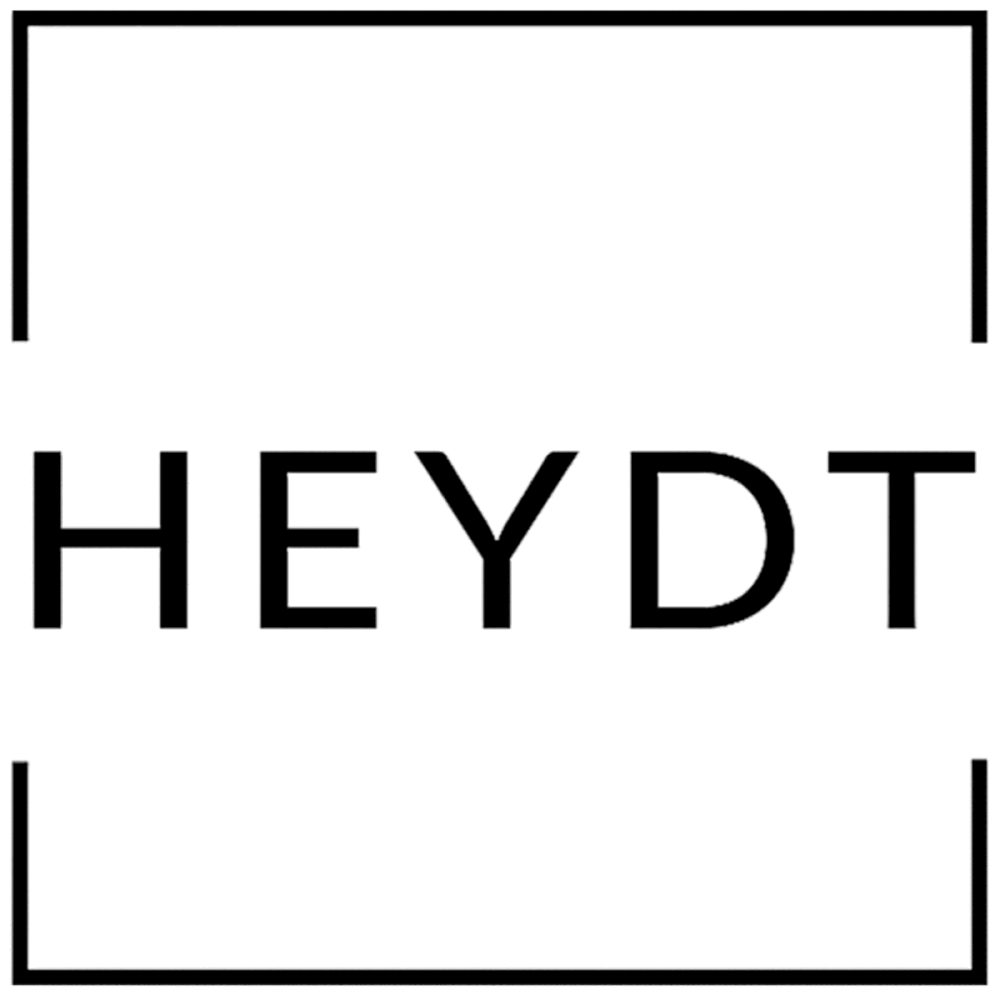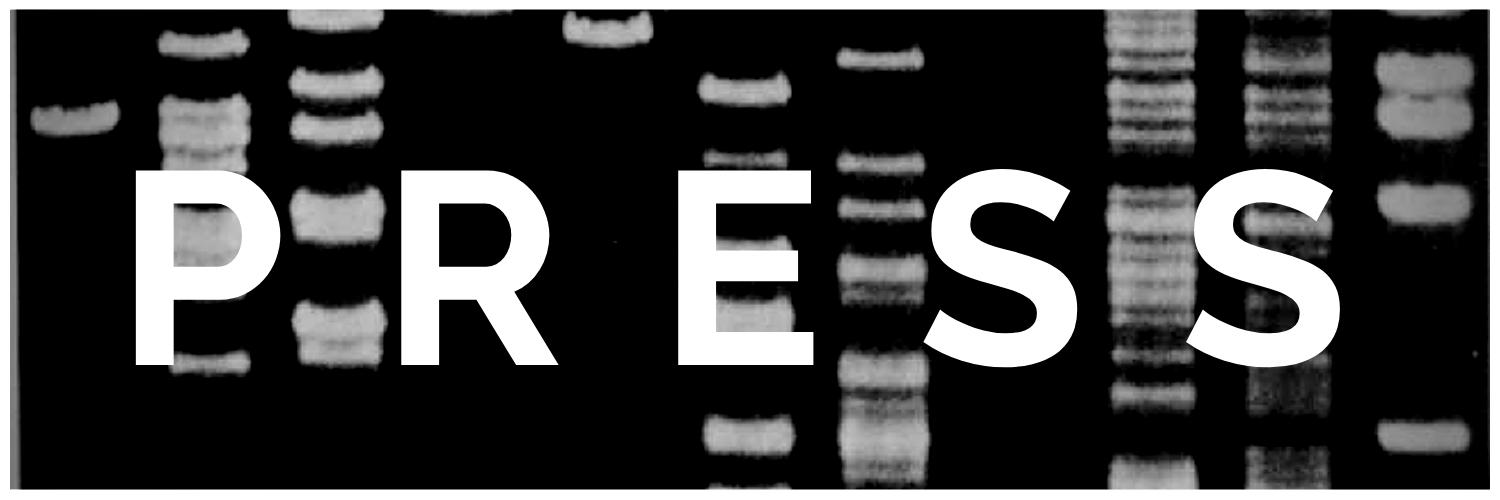VIRTUALITIES AND REALITIES
RIXC ART SCIENCE FESTIVAL
2 day Open Fields Conference | October 19-21, 2017
RIXC Center for New Media Culture, Arts Academy of Latvia, National Arts Museum & RIXC Gallery, Riga, Latvia.
RIXC ART SCIENCE FESTIVAL
VIRTUALITIES AND REALITIES aims to establish a space for artistic interventions and conversations about the complex implications of augmented and virtual reality. Immersive technologies coupled with virtual environments, artificial intelligence algorithms, faster processors, and biometrics are launching a new era in virtual experiences.
RIXC Art Science Festival is internationally renown gathering for artists and scholars working at the intersection of arts, digital humanities and science. The festival programme features the 2nd edition of Open Fields conference on artistic research, exhibitions, performances and VR artwork showcases.
The main festival events will take place from October 19–21, 2017, in some of Riga's most visible art venues – the Conference will take place in the Art Academy of Latvia, and the Latvian National Museum of Art, while the exhibitions – in kim? Contemporary Art Centre and RIXC Gallery spaces.
Reconsidering:
• augmented and virtual reality
• 360-degree video and interactive story-telling
• techno-ecological practices
Investigating:
• neomateriality and post-digital aesthetics
• digital art archives and curating practices
• data visualization and immersive environments
Mapping:
• artistic and scientific research practices
• tracing and charting the migrating cultures
• techno-ecological perspective
VIRTUALITIES AND REALITIES
Immersive technologies coupled with superior virtual environments, artificial intelligence algorithms, faster processors, and biometrics are launching a new era in virtual experiences, entertainment and story-telling. At the same time these technologies have the potential for reinforcing stereotypes, contributing to massive economic and social disruptions, and implementing new systems of invasive monitoring and control. What do these new developments in VR/AR mean for education, entertainment, social policy, and systems of codified knowledge? Like their predecessors the telephone, television, and mobile phone, what are the impending new vistas and reduced horizons?
Biometrics and the uploading and tracking of personal data spans areas from healthcare to advertising, with implications for law, criminal justice, entertainment (gaming), education and sports. Machine learning and algorithms are harvesting and making use of big data in new and startling ways. Some of it allows pinpoint accuracy in determining issues of public health, economics, climate change, story-telling, political leanings and the migration of populations. What does all this data combined with new technologies mean? What are some current and future artistic strategies that deal with this? Combined with the acceleration of VR/AR and technologies of immersion, how will societies react?
Taking place in the framework of RISK CHANGE EU Creative Europe’s project, various festival events will explore relations between “virtualities” and “realities” in our post-media society. The Open Fields conference will discuss the socio-cultural and neurobiological impacts of virtual and augmented reality, and other immersive technologies. The conference participants will also look at the places and movements from a socio-political perspective, the mapping and charting of migrating cultures particularly people and their data traces.
The conference will be complemented by the festival exhibition that will explore the changing role of art in society, its transformative potential, and its relations to the sciences, especially focusing on neomateriality, new aesthetics and other critical qualities of the post-digital.
PROGRAMME
THURSDAY, October 19, 2017
15.00 – 16.00 Registration
16.00 – 18.30 OPENING KEYNOTE LECTURES
Monika FLEISCHMANN and Wolfgang STRAUSS / DE
David ROTHENBERG / US
Venue: The Latvian National Museum of Art (Address: Jana Rozentala laukums 1, entrance from the park side)
19.00 – RECEPTION and FESTIVAL EXHIBITION OPENING
Venue: kim? Contemporary Art Centre, Sporta iela 2
FRIDAY, October 20, 2017
Conference Day 1: VIRTUALITIES AND REALITIES I: IMMERSIVE TECHNOLOGIES AND ARTISTIC RESEARCH
10.00 – 11.30 Plenary Session: Thematic Keynotes and Featured Presentation:
By Media Lab of AALTO University (Helsinki/FI)
Venue: The Art Academy of Latvia / Address: Kalpaka bulvaris 13 (from the park side).
12.00 – 16.30: Parallel Sessions
Venues: The Art Academy of Latvia, and The Latvian National Museum of Art
17.00 – PUBLIC KEYNOTE LECTURES:
Ellen PEARLMAN / US
Chris SALTER / CA
Venue: The Latvian National Museum of Art
SATURDAY, October 21, 2017
Conference Day 2: VIRTUALITIES AND REALITIES II: AR/VR, ECO/DATA AESTHETICS AND CRITICAL PERSPECTIVES
10.00 – 11.30 Plenary Session: Thematic Keynotes and Featured Presentation
Venue: The Art Academy of Latvia
12.00 – 16.30 Parallel Sessions
Venues: the Art Academy and the National Art Museum
17.00 – Closing Session: OPEN FIELDS BOOK-REVIEW, presentations by authors (Pecha Kucha format), and “RENEWABLE FUTURES” (Acoustic Space Vol. 16) book discussion.
Venue: The National Art Museum
21.00 – Satellite Event: PERFORMANCE NIGHT
Venue: RISEBA Media and Architecture Center H2O6, Durbes iela 6
From Immateriality to Neomateriality
From Immateriality to Neomateriality: Art and the Conditions of Digital Materiality
INTRO
Materiality of the digital has evolved:
- Networked and Digital used to be seen as immaterial as a consequence of the “dematerialization” of the Art object operated since the 60s/70s (as a commodity?).
- The last decade has seen the emergeance of Post-digital and post-Internet to attempt describing the condition of objects shaped by the Network and reinserted in the material realm.
Stiegler used “hypermaterialization” for a form of daily reality where material stuff transform everything into information, subjectiving it to endless transformation. (IoT?) But this term reflects on monitoring, gathering and processing rather than the materiality as digital process residue. Focus is on humans not on machines “waving back at us” (james Bridle).
Neomateriality aims to offer a description of objecthood that also reflects on the way digital processes see our world.
POST-DIGITAL AND THE NEW AESTHETIC
Post digital age means a condition for artwork shaped by the Internet and digital processes & tacking their language for granted but also manifesting physically (white cube ready).
Post > mediums cease to exist in their original format and new forms emerge. BUT PROBLEMATIC LABEL because of the misunderstanding relating to the periodical aspect (after the Internet) and painting isn’t obsolete... (post as meta?)
Post digitałInternet relate closely to the notion of New aesthetics James Bridle’s concept ( SXSW)
see >>> http://new-aesthetic.tumblr.com/
Capturing process of seing like and being seen through digital devices. Both notions provide with a blurry picture (cf Hito Steyerl’s notion of the Poor Image) as images
become visual ideas transiting from a resolution to another.
FROM IMMATERIALITY TO NEOMATERIALITY
Current era means new relationship between digital technologies and materiality.
Lucy Lippard theorised dematerialisation of the Art object in 60s/70s looking at fluxus and happenings (digital Art lineage).
Jean Francois Lyotard’s exhibition Les immateriaux - 1985
Argued that immaterial is matter subjected to interaction and conceptual processes.
Bernard Stiegler also believes there is no immaterial state.
"I call hypermaterial a complex of energy and information where it is no longer possible to distinguish its matter from its form [...] a process where information – which is presented as form – is in reality a sequence of states of matter produced by materials and apparatuses, by techno-logical devices in which the separation of form and matter is totally devoid of meaning."
Since the term doesn’t capture the affective aspects of the materials shaped by data nor shows how machines we created can perceive us, Christiane Paul suggests the term Neomateriality.
The term is twofold:
- confluence and convergence of digital technologies in various materialities
- the merger has changed our relationship with these materialities and our representation as subjects
testifies that digital is embedded in objects images and structures we encounter on a daily basis and how we understand ourselves in relation to that.
Neomaterialism expresses itself in different forms in art objects that:
1- use embedded network technologies, reflecting back their surrounding human non-human environment 2- reveal their own coded materiality as part of their form, becoming residue of digital processes.
3- reflect the way in which digital technologies perceive us and our world (seemingly autonomously)
Digital art’s medium resides in different materialities.
Film = frames / painting = brushes (can be seen bare eye)
Digital = visual result comes from mathematical calculation (abstraction of the world into rules that we use to recreate an environment?) Front end and back end seem disjointed.
CODE ISNT REALLY PAINT AND CANVAS AS IT HAS BEEN SAID BACK IN TIME.
the metaphor is transcended since artists can write their own tools. Code and abstraction can become the material framework of an object.
cited works :
Ashley Zelinskie, Space (triangle), 2014 Clement Valla, Surface Proxy, 2015 Sterling Crispin, Data-masks, 2014
CONCLUSION
Digital technologies have introduced new ways of seeing and rendering. With the Internet of Things and quantified self objects are constructed by and understood through the language of the digital. Seeing like and through digital devices has changed our relationship with objecthood and our representation as subjects.
The Festival is produced by RIXC / Riga, Latvia in collaboration with Risk Change / Creative Europe's project partners.
The Conference is organized by RIXC / Riga in collaboration with the Renewable Futures network, and Art-A-Hack / New York, and Hybrid Lab Nordplus project academic partners: Liepaja University, Aalto University and HiOA, Oslo and Akershus University College of Applied Sciences.
Support: The State Culture Capital Foundation of Latvia, Riga City Council, Creative Europe Programme of the European Union, the Ministry of Culture of the Republic of Latvia, EU Programme Creative Europe's Risk Change project, Nordplus, the Swiss Arts Council Pro Helvetia, Goethe-Institut Riga, the Fulbright Specialist Program, kim? Contemporary Art Centre, Latvian National Museum of Art, Art Academy of Latvia, University of Liepaja, Art Research Lab of Liepaja University, Studija, ESSE, PK Riga Hotel.
Contact:
rixc@rixc.org, +371 67228478 (RIXC office),
+371 26546776 (Rasa Smite)



